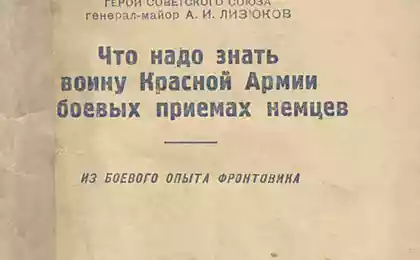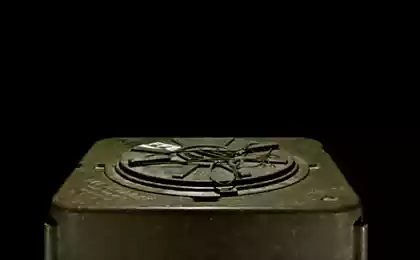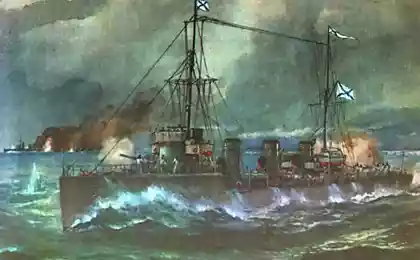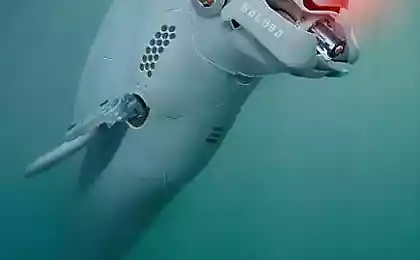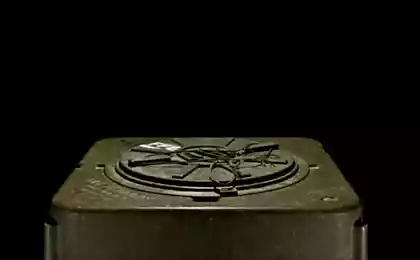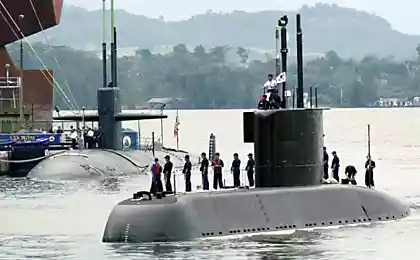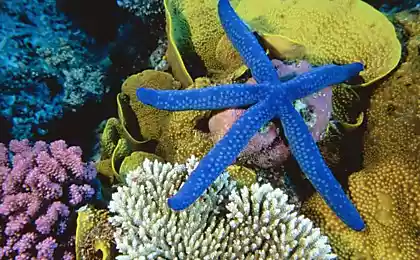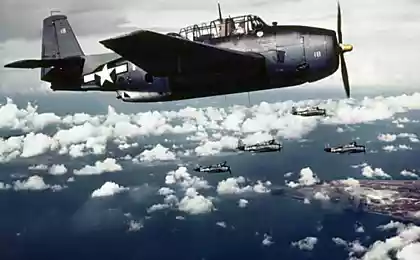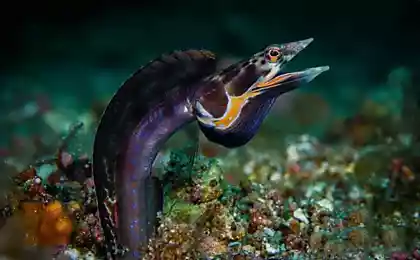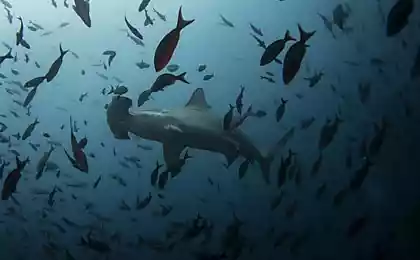1004
Sea mines

Sea mines - ammunition, installed in the water and designed to destroy submarines, ships and enemy ships, as well as the difficulties of their voyage.
The first attempt to use floating sea mine was made in 1769 during the Russian-Turkish war of Russian sappers.
In 1775-1776, the American designer of D. Bushnell produced few samples of floating and moored mines.
Widely used during the Crimean and Russian-Japanese war. In the First World was established 310 thousand. Sea mines from which sank 400 ships, including battleships 9.
Sea mines can be installed both surface vessels (destroyers) and submarine (through torpedo tubes of special internal compartments / containers, external pull-containers) or reset aviation. Also it can be installed from the shore at shallow depths antilanding mines.
Sea mines are divided:
* For the type of installation:
o Anchor - housing, has positive buoyancy, is held at a predetermined depth under water anchored via minrepa;
o Bottom - mounted on the bottom of the sea;
o Floating - drifting with the current, keeping the water at a predetermined depth
o Homing - electric torpedoes, held under water or anchor lying at the bottom.
* According to the principle of action fuse:
o Contact - exploding in direct contact with the body Korablin;
o non-contact - triggered when subjected Korablin at a certain distance from the impact of its magnetic field, or acoustic effects, and others. - possibly as a one or a few;
o Engineering - controlled from the shore, by wire or radio.
Sea mines improved in the direction of increasing the power of the charges, the creation of new types of proximity fuses and resistance to trawling.

German naval mine, was found on the east coast of the Red Sea
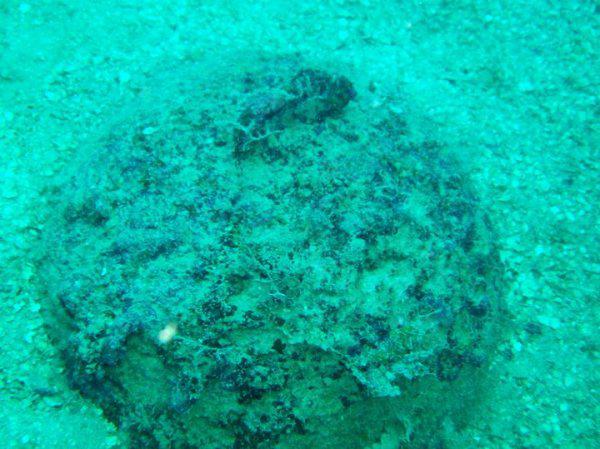
The total weight of 140 kilograms of TNT, enough for the boat and the battleship.

